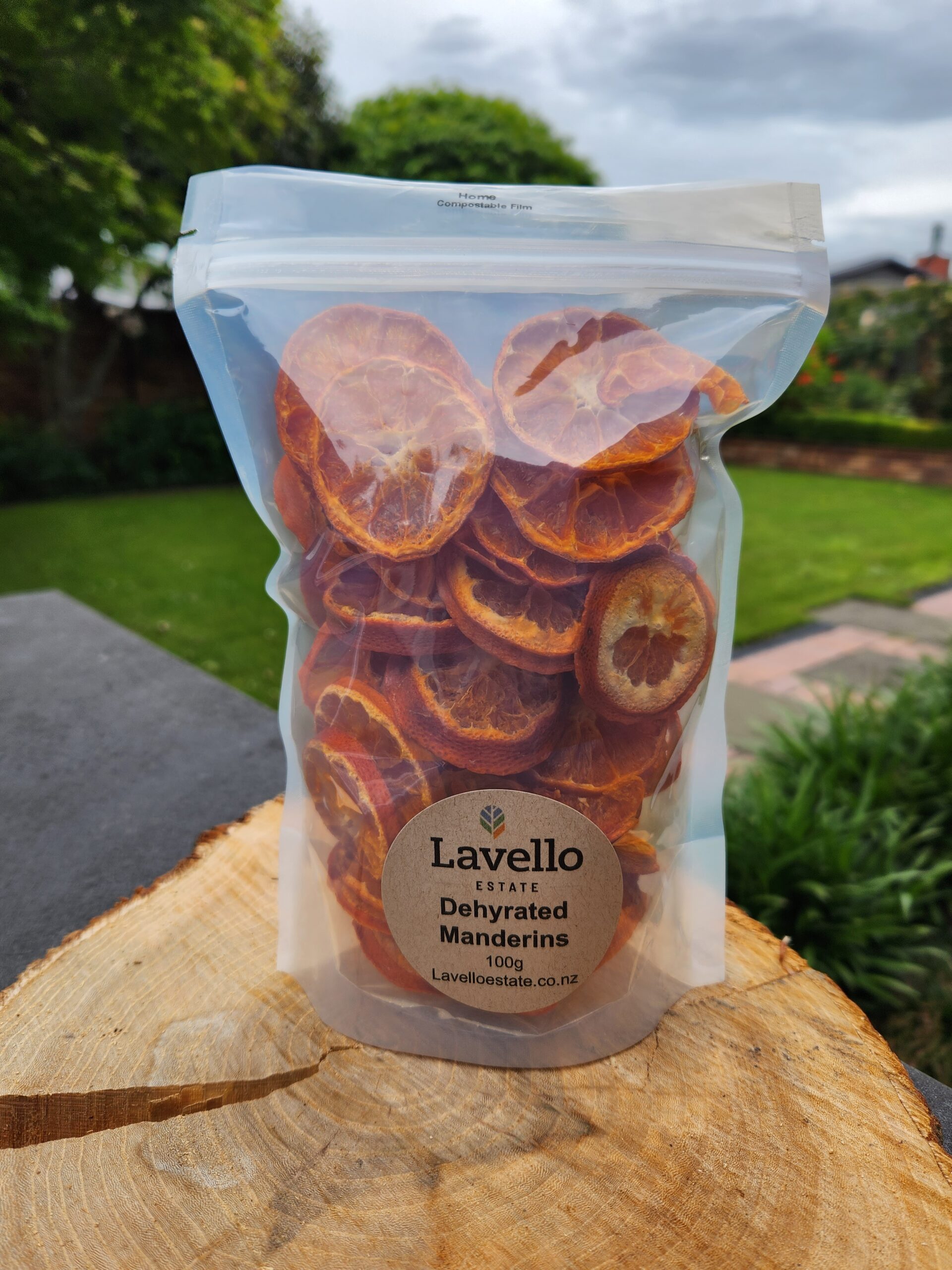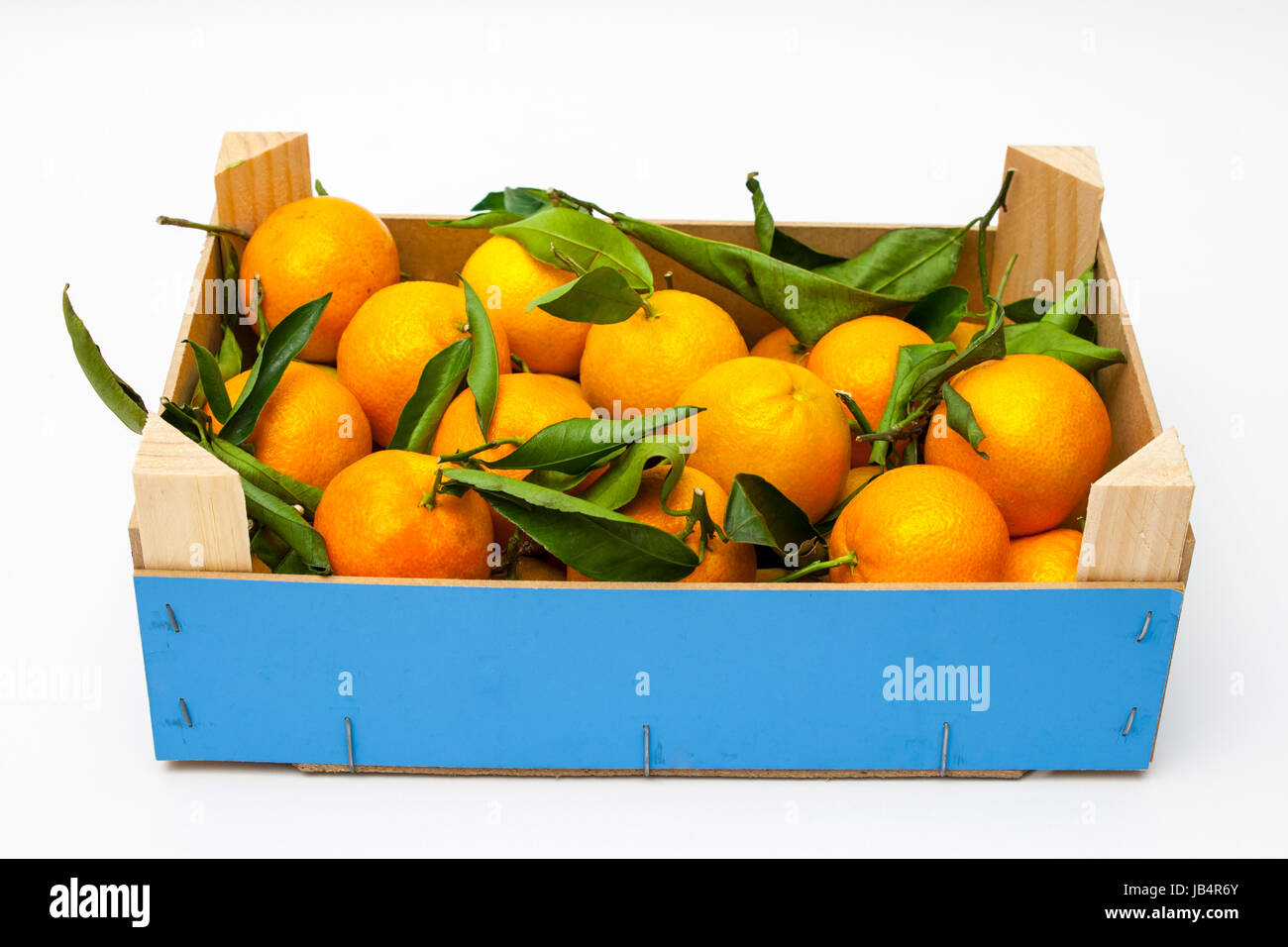When you think of a quick, sweet snack, something that just seems to brighten your day, what comes to mind? For many, it's the humble, yet incredibly delightful, manderin. These small, rounded citrus tree fruits are, in a way, a true gift from nature, offering a burst of flavor and a whole lot of goodness in a tiny package. They really are quite special, you know, a bit like sunshine you can peel.
These little gems are part of the orange family, yet they stand out with their own unique charm. They are, quite simply, a type of citrus fruit, similar to oranges but with their own distinct characteristics. We will explore how these wonderful fruits differ from other types of oranges, what they bring to your plate in terms of nutrition, and all the good things they can do for your well-being. It's truly fascinating, actually, how much goodness is packed into them.
From their deep roots in history to how you can enjoy them today, we will look at everything about manderins. You will find out their nutritional value, learn about their many health benefits, and even get tips on how to store them so they stay fresh. We will also touch upon their history, their evolution over time, and what makes them such a popular choice for so many people. So, in a way, get ready to discover all the amazing things about these fantastic fruits.
Table of Contents
- The Essence of Manderins
- A Look at Their Family Tree
- Nutritional Treasures and Health Boosts
- The Many Faces of Manderins
- Enjoying Manderins in Your Daily Life
- Growing Your Own Manderins
- Beyond the Fruit: The Mandarins Drum and Bugle Corps
- Understanding Administration with Indianmandarins
- Frequently Asked Questions About Manderins
- A Final Thought on Manderins
The Essence of Manderins
Mandarin oranges, also called manderins or mandarines, are a specific kind of citrus fruit. They belong to the same large family as common oranges, lemons, limes, and grapefruit. So, in a way, they are all relatives, sharing some common traits but also having their own distinct features. It is quite interesting, how they all connect, you know.
Compared to a common orange, a manderin is smaller. It also has a thin peel, which makes it very easy to remove. This easy-to-peel nature is one of the reasons many people find them so convenient to eat, especially as a quick snack. They are, in fact, quite popular for this very reason, offering a simple way to enjoy fruit on the go. This article, in fact, explores how mandarin oranges differ from other types of oranges, giving you a clearer picture of their place in the citrus world.
Manderins are known for their sweet flavor. This sweetness, combined with their easy-to-peel skin, makes them a favorite for many. They are also packed with good things for your body, like vitamins, minerals, and antioxidants. These are all components that help your body work its best. It's really quite amazing, how much goodness these small fruits hold, providing so much benefit in each bite.
- Barnea Bistro
- Utah Jazz Vs Phoenix Suns Match Player Stats
- Celestial Tea
- Storytellers Cafe
- Regal Edwards Bakersfield
A Look at Their Family Tree
Manderins are part of the orange family, as we have said. Botanically, they are part of the group known as Citrus reticulata. This classification helps us understand their relationship to other citrus fruits. There are, in fact, numerous varieties of these citrus fruits, each with its own special qualities. It is, in a way, like a large family with many different members, all sharing a common lineage.
You might know some of these varieties already. Tangerine and clementine are two very common examples. These are, actually, types of manderins. Clementines, tangerines, tangelos, and halos are all types of manderins, showing just how diverse this group of fruits can be. So, when you pick up a tangerine or a clementine, you are, in fact, holding a manderin. It is a bit like saying a specific dog breed is still a dog, you know.
The history of the mandarin orange tells a story of evolution and spread across the world. Originally from Asia, the shrub that bears the fruit of manderins is part of the family Rutaceae. This origin point gives us a clue about where these fruits first began their journey. Understanding this history helps us appreciate the journey these fruits have made to reach our tables today. It's quite a long story, in some respects, for such a small fruit.
Nutritional Treasures and Health Boosts
Manderin oranges are rich in vitamins, minerals, and antioxidants. These components work together to offer a range of health benefits for your body. There are, as a matter of fact, so many various types of mandarin oranges, and they are all packed full of nutrients. This makes them a really smart choice for anyone looking to add more good things to their diet. They are, truly, a powerhouse of nutrition in a small package.
Boosting Your Body's Defenses
One of the key benefits of manderins is their ability to boost your immune system. They contain compounds that help your body fight off illness. This means that eating manderins can help keep you feeling well, especially during times when colds and other sicknesses are common. It is, you know, like giving your body a little extra shield, helping it stay strong against everyday challenges.
Supporting Heart Health
Manderins can also help lower your cholesterol and blood pressure. These are important factors for maintaining a healthy heart. By regularly including manderins in your diet, you are, in a way, supporting your heart's well-being. This contributes to overall good health and helps your body function smoothly. It is, really, a simple way to care for one of your most vital organs.
Aiding Digestion and Skin Glow
These fruits are good for digestion. They contain fiber, which helps your digestive system work properly. A healthy digestive system is, obviously, important for your body to absorb nutrients and stay comfortable. Manderins also support skin health. The vitamins and antioxidants they contain contribute to a healthy, vibrant complexion. So, in a way, they help you look good and feel good from the inside out.
Strong Bones and Clear Eyes
Eating manderins can strengthen your bones. They provide nutrients that are important for bone density and structure. This is, you know, quite important as we get older, helping to maintain strong bones throughout life. They also support eye health. The components in manderins contribute to keeping your vision clear and your eyes healthy. It's truly amazing, how one fruit can offer so many different benefits for various parts of your body.
The Many Faces of Manderins
As we have mentioned, manderins come in many different forms. These citrus fruits have numerous varieties, each with its own specific characteristics. The variety of mandarin includes clementine, tangor, owari, and satsuma. Each of these offers a slightly different taste, size, or peeling experience. It is, in a way, like having many different flavors within the same fruit family, providing a lot of choice.
Tangerines vs. Manderins vs. Clementines
There can be some confusion about the differences between tangerines, manderins, and clementines. To put it simply, clementines, tangerines, tangelos, and halos are all types of manderins. Tangerine is a kind of mandarin and is the more popular mandarin, in fact, for many people. So, when you see a tangerine, you are looking at a specific variety of manderin. This article, in fact, reads on to learn about tangerines vs mandarins vs clementines, helping to clear up any questions you might have about these similar-looking fruits.
Seasonal Delights and Ripening Secrets
Depending on the variety, manderins are in season from November through May. This means you can enjoy fresh, delicious manderins for a good portion of the year. Knowing their season helps you find them at their peak flavor and quality. It is, you know, always best to enjoy fruits when they are naturally in season, as they tend to taste their very best at those times.
The best tasting ones have less to do with variety and more to do with how long they were left to ripen on the tree. This is a key secret to finding truly delicious manderins. Fruits that have had ample time to mature on the branch develop a fuller, sweeter flavor. So, when you are choosing manderins, remember that patience in ripening makes a big difference. It's almost like a little hidden trick to getting the best fruit.
Enjoying Manderins in Your Daily Life
Manderins are favorites for use as salads and other dishes. Their sweet, tangy flavor adds a wonderful zest to many recipes. Mandarin recipes are, in fact, some of the freshest in the world, bringing a bright note to any meal. If you are, you know, in the mood for something delicious, there are many ways to incorporate them into your cooking.
You can find 23 mandarin recipes to try at home. These recipes can help you explore new ways to enjoy this versatile fruit, from savory dishes to sweet treats. We celebrate life's special moments and everyday wins with everyone, and good food, like dishes made with manderins, often plays a part in those celebrations. We do this with high quality food, a warm atmosphere, and friendly service for our customers, and manderins fit right into that idea of offering something good and enjoyable.
Ecuadorian tango mandarins, for instance, are grown in Pimampiro, Imbabura Province, Ecuador. They are recognized for their high quality, sweet flavor, uniform coloring, and popularity in international markets. This shows how specific regions can produce manderins with very distinct and sought-after qualities. It's quite fascinating, how their origin can impact their taste and appeal.
Growing Your Own Manderins
In the right conditions, you can grow this beautiful citrus tree at home. Imagine having your own source of fresh, sweet manderins right in your garden. This can be a very rewarding experience, providing you with exotic fruits from your own efforts. Jillian Balli, for example, reveals how to grow your own manderins, offering guidance for those interested in home cultivation. It is, you know, a wonderful way to connect with your food source and enjoy the freshest possible fruit.
Beyond the Fruit: The Mandarins Drum and Bugle Corps
Interestingly, the name "Mandarins" also belongs to a world-class competitive drum and bugle corps. This group is based in Sacramento, California. The Mandarins is a member corps of Drum Corps International, a well-known organization in the performing arts world. This shows how a name can have different meanings and connections, reaching beyond just the fruit itself. It's quite a unique connection, in a way, for a fruit to share its name with such a dedicated group.
The Sacramento Mandarins is a drum and bugle corps based in Sacramento, CA. From its humble beginnings in 1963, to becoming a 7th place World Class Finalist, the Mandarins are resilient, motivated performers dedicated to excellence each and every day. They are known for their innovative show design and positive member experience. You are, in fact, sure to find an unforgettable summer if you experience their performances. Their story is one of perseverance and passion, much like the fruit itself, which brings so much joy.
There is even an online store for Mandarins Performing Arts. Their souvenir trailer is now on the road, and they will have a limited online selection until after the season. This just goes to show the reach and impact of this organization, carrying the "Mandarins" name with pride in a completely different context. It's, you know, a bit unexpected but truly a testament to their dedication.
Understanding Administration with Indianmandarins
Another interesting use of the "Mandarins" name appears in the world of news and governance. Indianmandarins is a source for news, views, and analysis on bureaucracy, administration, governance, civil service, public sector undertakings (PSU), appointments, transfers, and postings. This platform uses the name to convey a sense of authority and insight into administrative matters. It's, in a way, a different kind of "fruit" of knowledge, offering information to a specific audience. This shows the versatility of the term, extending into various fields of information and public service.
Frequently Asked Questions About Manderins
Here are some common questions people often ask about manderins:
What is the difference between a mandarin and an orange?
Manderins are a type of citrus fruit, part of the orange family, but they are smaller than common oranges. They also have a thinner, easier-to-peel skin. So, while they are related, they have distinct characteristics that set them apart. It's, you know, like comparing a smaller, more convenient cousin to a larger family member.
Are mandarins good for you?
Absolutely, manderins are very good for you. They are rich in vitamins, minerals, and antioxidants. They can boost your immune system, help lower cholesterol and blood pressure, and strengthen your bones. They also support skin health, heart health, digestion, and eye health. There are, in fact, many health benefits to eating manderins, making them a very nutritious choice.
How do you store mandarins?
To store manderins, keep them in a cool, dry place. You can also store them in the refrigerator to extend their freshness. This helps them stay good for a longer period. Proper storage helps you enjoy their sweet flavor for as long as possible. It's, you know, a simple step that makes a big difference in keeping them at their best.
A Final Thought on Manderins
Manderins are truly a versatile and beneficial fruit. From their sweet taste and easy-to-peel nature to their impressive nutritional profile, they offer so much. They can boost your immune system, help your heart, and even make your skin glow. We hope this exploration has given you a deeper appreciation for these small, yet powerful, citrus fruits. You can learn more about manderins on our site, and you can also find out more about healthy eating by checking out this page. So, next time you reach for a snack, consider a manderin; it's a choice that truly gives back.
Related Resources:



Detail Author:
- Name : Dr. Harrison Nader
- Username : wiegand.madeline
- Email : gschuster@walker.org
- Birthdate : 1980-02-22
- Address : 9793 Predovic Brook Suite 399 New Aliviaside, IN 32576
- Phone : 585.571.2036
- Company : Sipes, Goyette and Bode
- Job : Space Sciences Teacher
- Bio : Voluptas ea libero cum dolores accusantium. Dolores natus nobis illo suscipit omnis rem quia. Esse accusamus voluptate esse.
Socials
facebook:
- url : https://facebook.com/gerholdl
- username : gerholdl
- bio : Velit eius repellat quisquam. Aperiam inventore atque doloremque omnis.
- followers : 3286
- following : 380
twitter:
- url : https://twitter.com/gerholdl
- username : gerholdl
- bio : Odio illum et quia explicabo quia voluptatibus et. Ad fugit nihil voluptas. At eum sed earum deleniti numquam quis.
- followers : 6674
- following : 2856